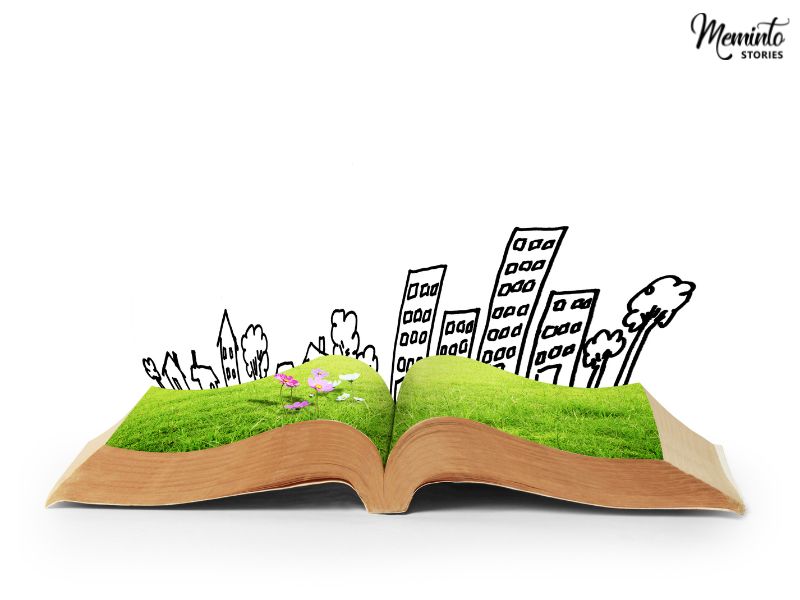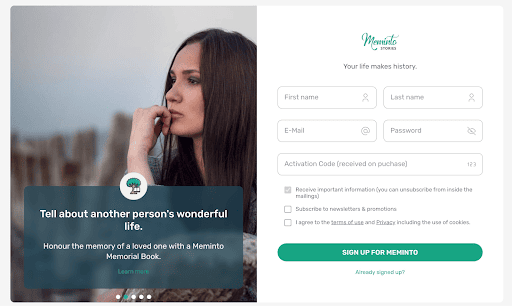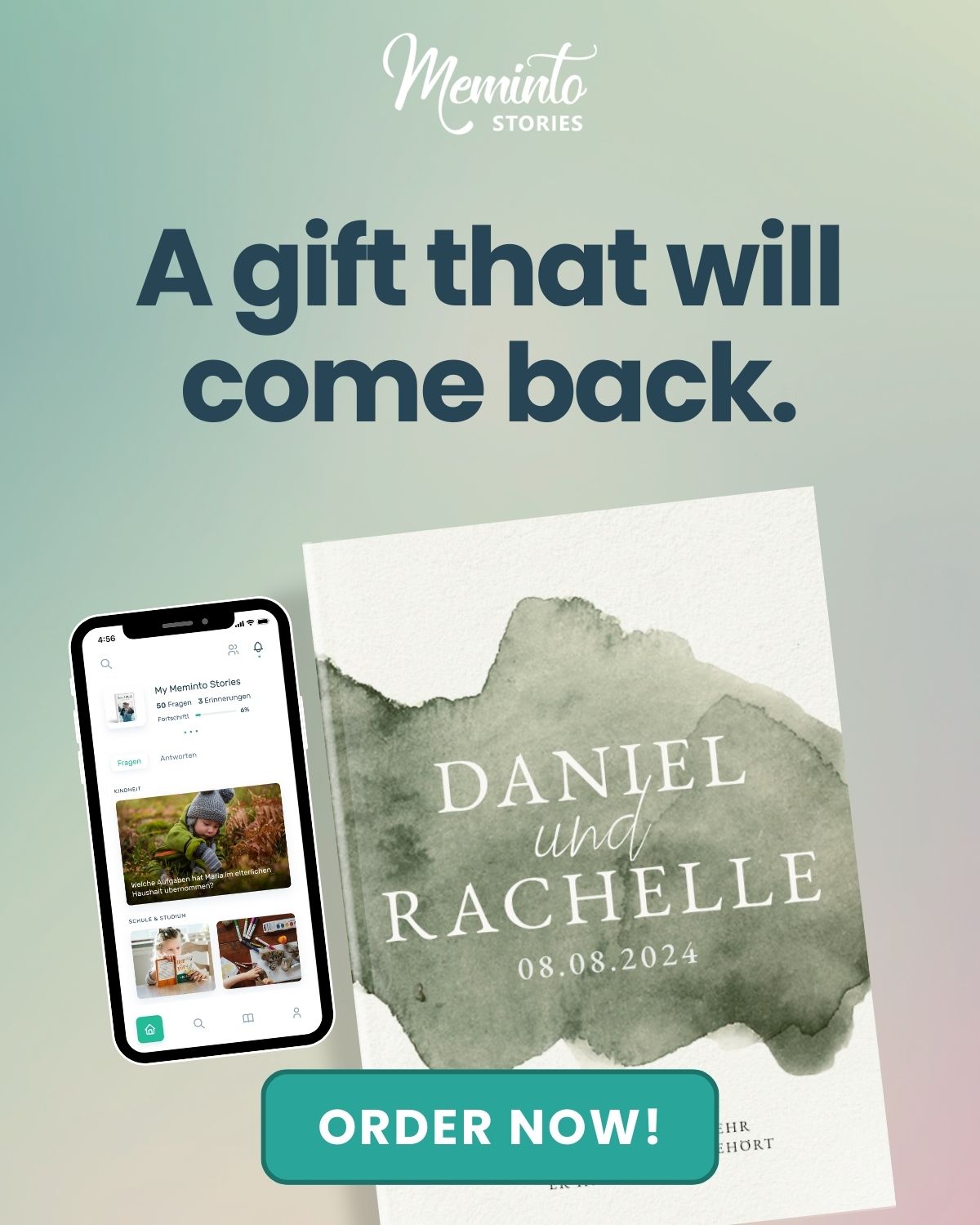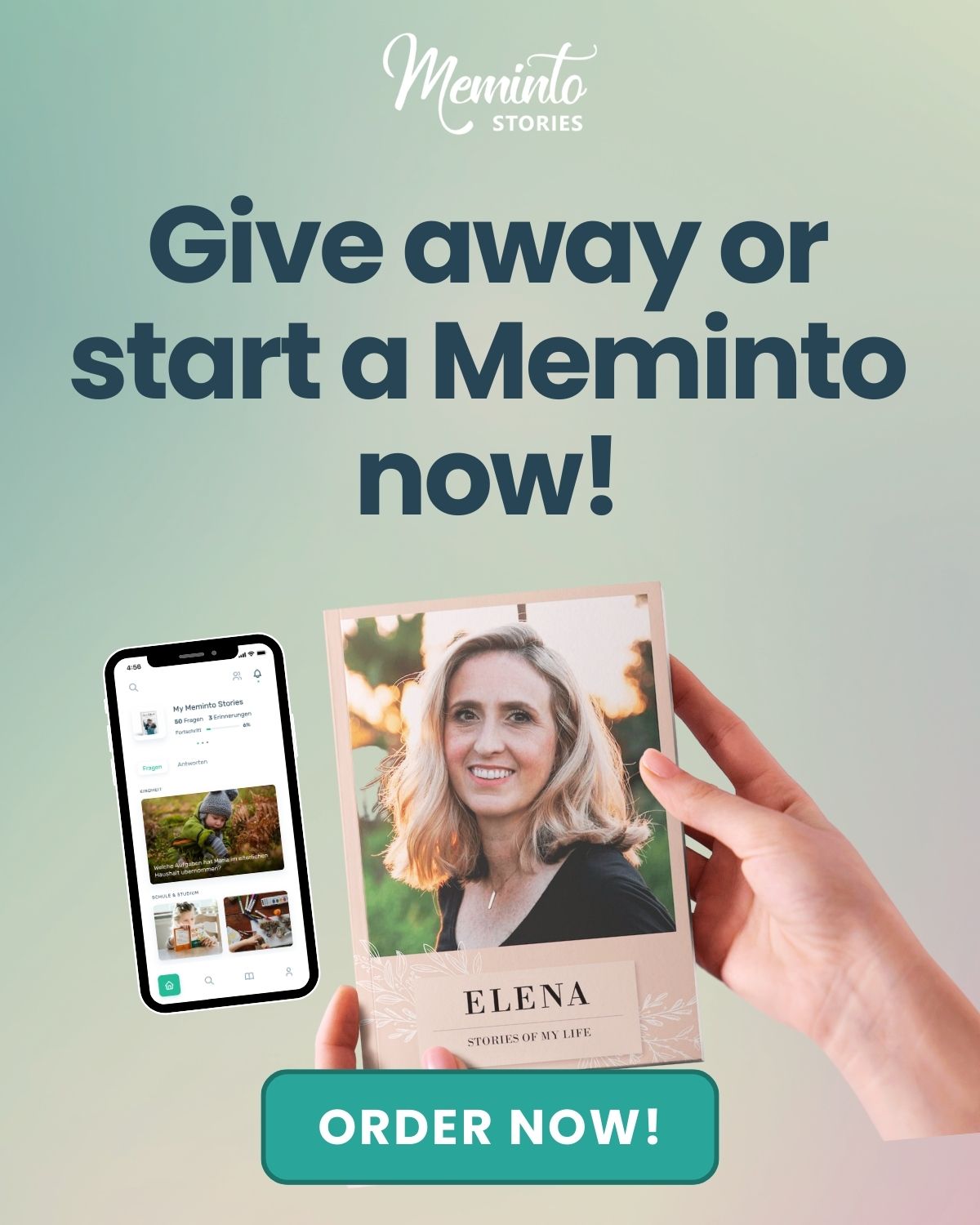The best life story book examples are memoir-style life story books, photo-centric life story books, family heritage books, legacy books for children or grandchildren, journey or travel-themed life story books, health journey or resilience books, and career and achievements books.
Life storybooks are personal narratives that capture large pieces of moments, values, and experiences in the life of a certain individual—meaningful means by which one may reflect on one’s journey.
These books serve as powerful tools for preserving memories and fostering connections with future generations. A life storybook may bring benefits centered on self-reflection, family history preservation, and emotional expression.
They can also be legacies that help understand stories and values whereby people have lived their lives.
In this article, we’ll explore 10 life story book examples, considering their unique features and personal life experiences represented.
Each serves to illustrate a variety of styles, themes, and formats to be discussed in an effort to instruct on how to compile a life story book that should resonate with you, the author, and your intended audience.
Key Takeaways
- Life story book examples include memoir-style life story book, photo-centric life story book, family heritage book, legacy book for children or grandchildren, journey or travel-themed life story book, health journey or resilience book, career and achievements book, creative or artistic life story book, friendship and relationships book, and spiritual or philosophical life story book.
- The reasons for creating a life story book include preserving memories for generations, reflection of self and growth, values and life lessons, strengthening family bonds and connecting, therapeutic benefits, celebrating life and legacy, and inspiration for future generations.
- Some of the things you can include in your life story book are early life and family background, childhood memories, life-changing events and milestones, challenges and lessons learned, career path and achievements, love and friendship, personal beliefs and values, interests, hobbies, and passions, travel experiences, words of wisdom and advice for the future, and future dreams and aspirations.
- You can use Meminto to streamline the process of creating your own life story book.
Why Create a Life Story Book?
A life story book narrates the journey and experiences throughout one’s life. It brings on board a number of very personal and emotional benefits.

The process goes beyond just telling stories; writers document selected memories, values, and personal milestones to be treasured and passed down the generations. Writing a life storybook might be helpful for the following reasons:
1. Preserve Memories for Generations
The life storybook is a keepsake or record of the milestones occurring in one’s life, personal accomplishments, and other one-of-a-kind stories that, if not documented, are most likely to fade with time.
By putting them on paper, individuals create a legacy that family members could look back upon. It serves to give the future generation an idea about their heritage and family history to connect them with their roots and makes sure memories are not lost when left unwritten.
2. Reflection of Self and Growth
Contemplation of one’s life is an enlightened experience. Writing a life storybook encourages self-contemplation in that one gets to reflect on significant events, challenges presented, and successes achieved in life.
This process can be eye-opening as to the development of a person and how experiences throughout the years molded them into what they are at the moment. By telling their stories, individuals may understand their resilience and lessons learned and thus feel purposed.
3. Values and Life Lessons
First and foremost, more than events and milestones, a life story book is one of the best means whereby one can impart values and wisdom to their loved ones.
Through personal introspection and lessons learned in life, a person is able to pass on guidance that may prove helpful if not for others, at least for younger members of the family.
This serves as a means of communicating one’s beliefs and moral systems along with philosophies that have guided the person through life, thus giving worthwhile insights to readers on how to conduct their lives.
4. Strengthening Family Bonds and Connecting
It tries to knit the family together by reading through the experiences and events that happen in the family. A life storybook can give insight into the lives which family members have lived in past generations, thus enabling them to understand one another even more.
Respecting and empathizing with each other is partially derived from a glimpse into difficulties, successes, and everyday life. It could be the cause of cohesiveness and continuity in a family.
5. Therapeutic Benefits
It also offers therapeutic benefits while writing a life story. It serves as a means of healing through recollected experiences, salient and difficult ones, through putting words to them.
This would allow him to surrogate his misunderstanding of life for the confrontation and work through certain events in the past in a healthier manner.
Sharing such stories may turn out to release those pent-up feelings one may still have attached with any life experience, hence aiding in maintaining emotional well-being.
6. Celebrate Life and Legacy
A life storybook is a way of celebrating one’s journey. All the milestones, cherished memories, and even the tough times that one overcame mark a highlight in it. Celebration of life is highly rewarding and enjoyable; it creates a sense of fulfillment.
It also acts as a general reminder to readers that every life is exceptional and worth their celebration, so they should learn to appreciate their lives and those of others.
7. Inspiration for Future Generations
When life stories are documented, they may inspire the next generation to chase their dreams and face life’s challenges with more bravery. A book about one’s life describes how he or she faced the good and the worst times in life.
This fills others with hope and encourages them for betterment. The young family members, especially, may find the persistence and successes of ancestors as an inspiring story drawing powers from their family’s heritage.
What to Include in a Personal Life Story Book?
1. Early Life and Family Background
Family Origins and Early Life: Describe the roots of your family, possibly including your parents, grandparents, or other family members who set the scene. Here, one might describe their childhood home, family traditions, or early memories to set context and give insight into how family influences later shaped them.
2. Childhood Memories
Mention some of your unforgettable childhood memories, which could include friends, school days, or specific family gatherings that you experienced. It helps to bring out the picture of early years and formative experiences.
Information on favorite games as a child, family holidays taken, or hobbies during this particular time in childhood helps bring such crucial memories alive, bringing depth and color to your personality.
3. Life-Changing Events and Milestones
Also, major life events are a great addition to give the story some structure. Major life events can include but are not limited to graduations, starting your career, relocating, or other key changes in life.
Not only do these events help organize the narrative, but they can be used to afford the writer an opportunity to reflect on how the experience did—or did not—affect the direction they took. Under each milestone, it is possible to reflect on lessons learned or the ways it influenced future decisions.
4. Challenges and Lessons Learnt
Everyone has their perils, and sharing those moments may provide an insight into personal overcoming of adversities.
Writing about difficult times, such as losing somebody, overcoming some obstacle, or even making a tough decision, can be the best way to make the imagination of the storyteller’s inner strength more lucid for the reader.
This will possibly give some advice or inspiration to others on how they might pass through similar situations.
5. Career Path and Achievements
Your career often plays a big role in your life, and detailing this journey can be quite meaningful. Describe the experiences that brought growth—for instance, first jobs, key projects, or accomplishments.
Including reflections about these career stages can say much about the values and goals that guided the storyteller’s decisions and thus provide inspiration and guidance for the readers who might be interested in similar directions.
6. Love and Friendship
The relationships that you make in life—be it with their family, friends, or even soulmates—form a very important part of the story. Including the details of such connections shows the importance of the people who influenced and stayed with them throughout.
Memories of close friendships, great times with loved ones, or even challenges in relationships could be added to give an emotional touch. The description of such interactions enables facilitation about what matters in personal relationships, namely values and qualities.
7. Personal Beliefs and Values
In the narrative, there may be shared personal beliefs, philosophies, and values which shed light on their core values. This can pertain to family, work, spiritual life, or civic involvement.
The narrator, through the usage of such values, provides the readers with insight into what motivates most of their choices pertaining to life. Such then becomes an enduring legacy for future generations from which to draw inspiration and to consider subsequently living their lives.
8. Interests, Hobbies, and Passions
Adding color and personality to the story, these traits can range from a love of music or passion for travel to enthusiasm for gardening.
Hobbies can reveal another side to a person’s character. The description of these interests could facilitate a connection to other people who also like the same things and perhaps give future generations an idea as to what brought happiness and fulfillment in the life of the storyteller.
9. Travel Experiences
These might be travel stories, which give one unique experience that may change an individual’s perception about life. Sharing such memories—one which a person has spent locally or abroad—adds variety to a story and might serve as an avenue for cultural insights or humor.
Reflections on how the journeys changed the perspective of the teller of the story or brought about personal growth could be included in the travel sections.
10. Words of Wisdom and Advice for the Future
Including personal reflections and words of advice will make this book treasured for others. Words of wisdom on how to live one’s life or lessons that one has learned and wishes to hand down to one’s children, grandchildren, or readers of times to come are a potent addition.
This section may be organized around the insights developed from larger periods of time or specific areas, such as relationships, work, or taking care of oneself. These reflections help to preserve the storyteller’s wisdom and, as such, act as an inspiration and source of guidance for future generations.
11. Future Dreams and Aspirations
Wrapping it up with feelings of future hopes or aspirations for family and loved ones was a very hopeful ending to this life storybook. It is probably expressed in terms of one’s family, future generations, or even the world.
Including such forward-looking statements constitutes a feeling of continuity, as though, while the personal journey for this storyteller is being recorded, they still do have a well-worth-living future for those who come after them.

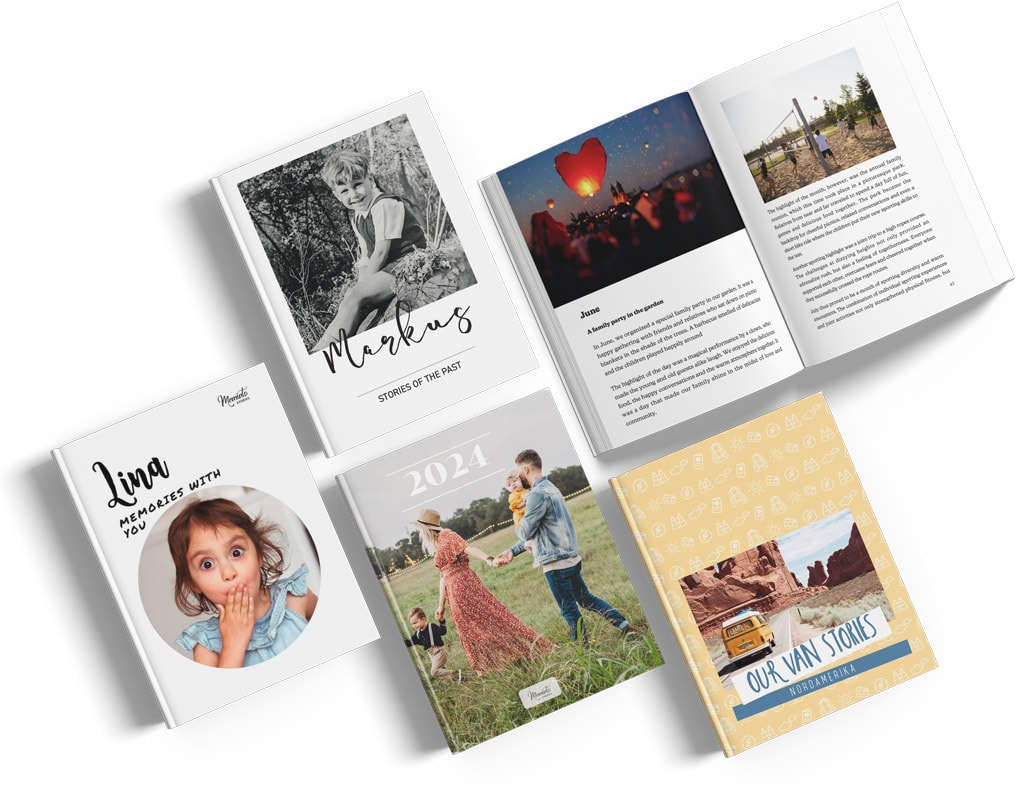
10 Inspiring Life Story Book Examples
A life story book can come in different forms depending on what the focus and intent of the book are. Here are ten inspiring examples of life story books, each with a unique approach to capturing personal journeys, values, and memories:
1. Memoir-Style Life Story Book
This kind of book tells your life story in a chronological format, similar to a memoir. The events within the story start with early childhood, go through adolescence and adulthood, and into older age.
Events or turning points are discussed in each chapter, such as educational milestones, relationships, and decisions endorsing life changes. This format heralds the full narrative from which the reader can view how you developed and progressed over time, enabling insight into the path that your life took.
2. Photo-Centric Life Story Book
Photo-centric life story book, visually constructed narrative. It places photographs at the heart of the narrative, with minimal text to accompany each image or collection of images. This invites the readers to live through the key moments in photo form, at least, starting with family portraits, shots from voyages, or any particular events.
The accompanying text is usually simple and short, not to overpower the scene, but merely to state the essence of each moment. This type of format would work best for visual readers who want less text and more images.
3. Family Heritage Book
Family heritage books record family lineage and history, mostly reaching to several generations. The format may include ancestry, family traditions, and historical events that have molded the family’s journey throughout time.
Most often it combines stories, photos, and family trees, making quite a vivid account of family heritage. Such a book is sometimes even used as an heirloom, which can effectively help descendants understand their origins and others from their bloodline.
It also celebrates cultural heritage, with such a book serving to enshrine customs and values important to the family.
4. Legacy Book for Children or Grandchildren
A legacy book is crafted with future generations in mind, specifically aimed at children, grandchildren, or other young relatives. It talks about general life lessons, core values, and favorite memories.
Advice, moral contemplation, and personal stories are what usually guide the rest of family members’ lives. The tone is warm and reflective, carrying with it the weight of wisdom, comforting with continuity.
This book is the link between generations; it ensures that your values and lessons will keep on, long after you’re gone.
5. Journey or Travel-Themed Life Story Book
A travel-themed life storybook of a travel enthusiast is one where memories are caught from different adventures and journeys. It mainly covers important trips made, the different cultural experiences, and special interactions found on the way.
The book may include maps, photographs, and notes on various locations visited; each entry is associated with a specific place or journey. The book narrates your life through experiences related to travel, pursuing how cultures and landscapes of variance shape your perspective on life and individual development.
6. Health Journey or Resilience Book
The book will encompass your personal experiences regarding your health, illnesses, or reassessment because of a chronic condition or physical and mental health issues.
It typically narrates a story through ups and downs but places particular emphasis on moments characterized by resiliency, strength, and hope. It is often used to spark and aid others who may find themselves dealing with difficulties similar to yours and to illustrate that healing and courage can be accomplished.
A book of this sort about a life can be quite empowering, serving to encourage and create a sense of solidarity with people who have struggled with the events described.
7. Career and Achievements Book
A career-focused life story book highlights professional accomplishments and contributions to a particular field or community.
It can show personal milestones in your career, such as promotions, awards, major projects completed, or contributions to the industry.
It may also reflect upon some of the career-defining challenges, or how your skill set has changed over the years.
Sometimes told in an anecdotal manner, related as a story of professional growth, it could well include personal insights and reflections on the basis of hard work, dedication, and purpose in shaping your career path.
8. Creative or Artistic Life Story Book
A creative or artistic life story book would present personal histories and achievements concerning painting, writing, photography, or other forms of artistic expression.
Original works of art in the form of poetry or musical composition may be included to give readers close insight into the imagination and skill of the originator.
Thus, this book will prove useful not only for recording creative achievements but also for reflection on how this creative person has grown or changed over time. It gives the readers a window to the mind and heart of the artist or creator.
9. Friendship and Relationships Book
This life book deals with the core relationships that have shaped the life of a person. The book can be all about friendship, romantic relationships, and family relationships, focusing on not just the people but how those people helped shape and mold your life.
The pages would be filled with credits given to times spent together, conversations remembered for years to come, and milestone moments in shared relationships that define the teller of the story.
Such a book would convey what’s worth more than love, friendships, and companionship—emphasizing how relationships make life worth living.
10. Spiritual or Philosophical Life Story Book
A spiritual or philosophical life story book showcases personal beliefs or life philosophies and values. It reflects upon spirituality, the meaning of life, and purpose, providing a perspective to the readers into the innermost thoughts and beliefs of the storyteller.
This type of book can meditate upon life events from a spiritual perspective, or it can be more philosophical musings on topics like the secret of happiness, resilience, and goodness. A book about principles would record your personal experiences and at the same time dwell on or discuss the guiding principles that had shaped your outlook on life.
Downloadable PDF
Here, you’ll get an example of a detailed life story to serve as a guide for you when you’re writing your own life story.
Just click this link to download the PDF.
How to Create a Life Story Book With Meminto
Now that you have an idea of the kind of life story book you want to create, here’s a step-by-step guide on how you can use Meminto in creating it:
- Start by visiting https://meminto.com/product/life-book/ and click the “Get Started” button.
- Next, choose whether you’re making the book for yourself (“I will”) or as a gift for someone else (“Someone else will”).
- After you’ve made your choice, decide on the number of pages you want your book to have. You can also select if you’d like additional copies or a digital version. Once you’ve made these choices, click “Add to Cart.”
- Continue by entering your shipping details, picking your payment method, and applying any promo codes you have.
- Review all the details of your order on the checkout page, where you can also track your order status.
- Once you’ve completed your purchase, check your email for a confirmation message that includes an activation code. Copy this code and go to https://memin.to/register.
- Enter your personal information, activation code, and password. Click “Sign up for Meminto” to start writing your story.
- Select your preferred language (either German or English) and choose the day you’d like to receive writing prompts. Click “Save Changes” to move forward.
- You can then customize your book by deciding how you want the text to be aligned and how the sections should be arranged.
- Feel free to personalize your book further to fit your style.
11. Watch the instructional video below so you can get better guidance on how you can use the Meminto app.
You are currently viewing a placeholder content from YouTube. To access the actual content, click the button below. Please note that doing so will share data with third-party providers.
More Information
- Watch the video below for more details on using the Meminto app.
Conclusion
Life story books are significant in recording your history and may function as a form of communication with other people. As you can probably gauge from the explanation of the 10 examples in the article, a person shows his or her unique journey and experiences.
Whether you make a life story book about your own life or you help your loved one to write, it is an enriching and enlightening way going through the process.
If you are inspired to create your life story, consider using Meminto, a powerful storytelling platform providing structured guidance and photo integration all to help tell your story. You can now create a life story with Meminto and ensure your memories stay alive for generations.



